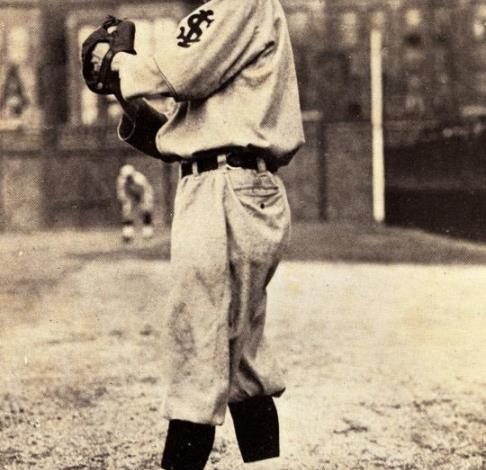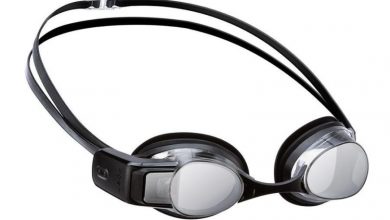The Evolution of Baseball Gloves Beginner’s Guide

The Evolution of Baseball Gloves Beginner’s Guide
A Brief History of Baseball Gloves
Early Days of Baseball
Back in the early days of baseball, players didn’t use gloves. They caught the ball barehanded, and while impressive, it also led to many injuries. As the sport gained popularity and the ball got harder, players started to look for ways to protect their hands.
The First Baseball Gloves
The first baseball gloves were crude and made from leather. They didn’t provide much padding and were more like work gloves. However, they were better than playing barehanded. Over time, glove manufacturers started experimenting with different designs and materials to make them more comfortable and effective.
Evolution of Glove Design
Fingerless Gloves
In the early 1900s, fingerless gloves became popular. These had separate pockets for each finger but lacked the webbing that later gloves would have. They provided some protection but were still far from the gloves we see today.
The Introduction of Webbing
In the 1920s, webbing was added between the thumb and index finger. This innovation allowed for a deeper pocket and improved catching ability. The gloves became more specialized for different positions, with catchers and first basemen having larger and more padded gloves.
Modern-Day Gloves
Today, baseball gloves have come a long way from their early counterparts. They are made with advanced materials like synthetic leather, which offers durability and flexibility. The gloves are designed to be position-specific, with outfielders’ gloves having larger pockets and infielders’ gloves having shallower pockets for quick transfers.
Frequently Asked Questions (FAQs)
When were baseball gloves first used?
Baseball gloves were first used in the mid-1800s, although they were significantly different from today’s gloves. They were more like work gloves and lacked the padding and webbing that modern gloves have.
How do I choose the right baseball glove size?
Choosing the right baseball glove size depends on your age, position, and personal preference. Generally, younger players should opt for smaller gloves, while older players and outfielders should choose larger gloves for better reach and fielding.
How do I break in a new baseball glove?
Breaking in a new baseball glove can be done by oiling and shaping it. Apply a small amount of glove oil to the leather, then use your hands to flex and shape it. You can also place a ball or a softball in the pocket and wrap it tightly with a rubber band to help break it in faster.
Conclusion
The evolution of baseball gloves has been remarkable, going from simple fingerless gloves to advanced position-specific designs. Today, players have a wide range of options to choose from, enhancing their performance and safety on the field. By understanding the history and development of baseball gloves, players can make informed decisions when selecting their own.



